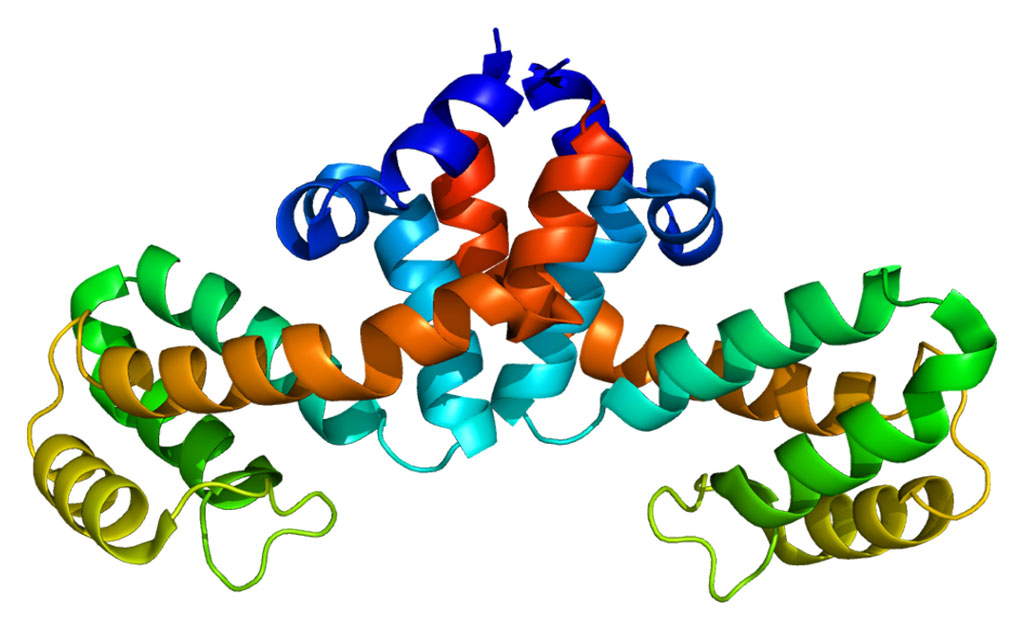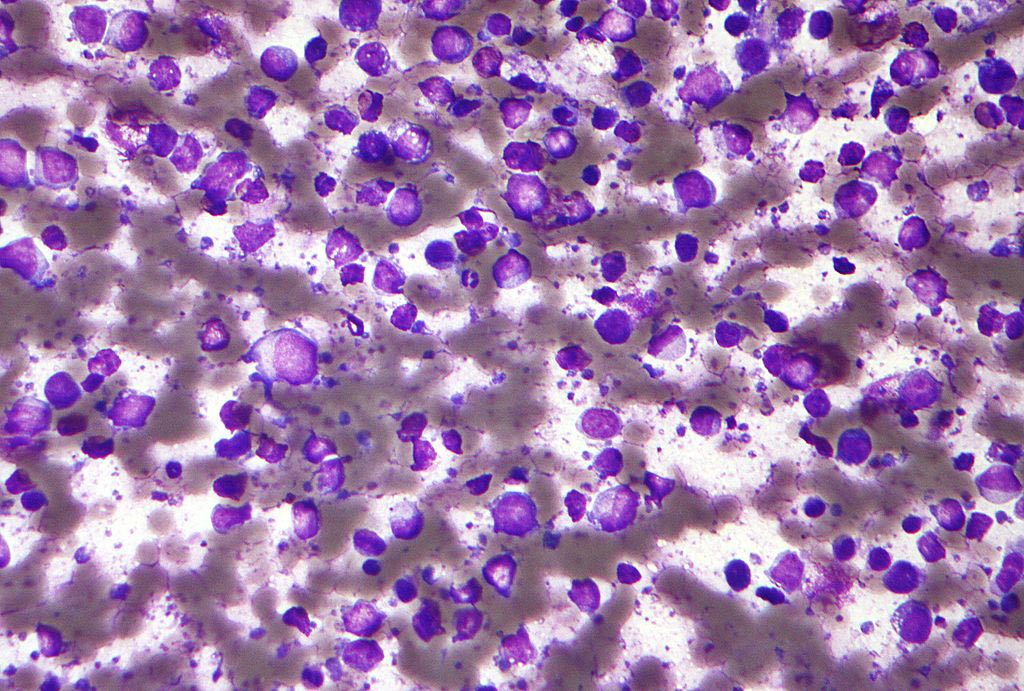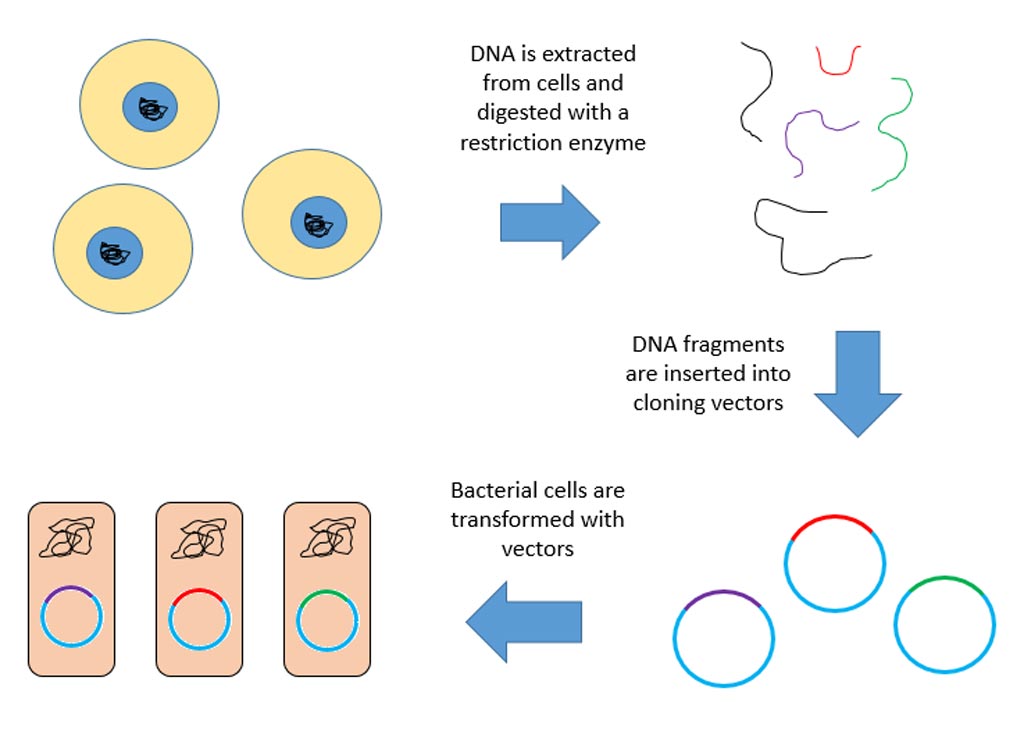Excess of Osteoclasts Causes Damage in Psoriatic Arthritis
By Biotechdaily staff writers
Posted on 28 Mar 2003
Researchers have found that blood samples from patients with psoriatic arthritis, particularly those with bone erosions visible on radiographs, exhibited a marked increase in osteoclast precursors (OCPs) compared with those from healthy controls and that these precursors gave rise to cells that caused bone destruction. Their findings were published in the March 15, 2003, issue of the Journal of Clinical Investigation.Posted on 28 Mar 2003
Approximately 10-15% of people who have psoriasis also develop psoriatic arthritis, usually between 20 and 30 years of age. Patients usually suffer from a great deal of joint pain, swelling, and inflammation. In the current study, investigators at the University of Rochester Medical Center (NY, USA) studied 30 patients with the disease and 12 healthy individuals to understand the events that lead to bone destruction. They analyzed blood samples and examined cells from the synovium, the joint lining that normally nourishes a joint but becomes invasive and destructive in patients with psoriatic arthritis.
They found that patients with psoriatic arthritis had 45 times more osteoclast precursors in their blood than did the controls. Eventually, these form osteoclasts that specialize in breaking down or eroding bone circulating in their bloodstream. Furthermore, patients had high amounts of the growth factor RANKL in their joints. RANKL stimulates osteoclast precursors to mature into full-fledged osteoclasts.
While a limited number of osteoclasts are required to maintain normal bone structure, in psoriatic arthritis there are too many of them. "We have found nests of osteoclasts deep within the bone, just perched and ready to attack. These are big monster cells, giants compared to other nearby cells. They appear to migrate toward the joint, where they do their damage,” explained first author Dr. Christopher T. Ritchlin, a rheumatologist at the University of Rochester Medical Center.














